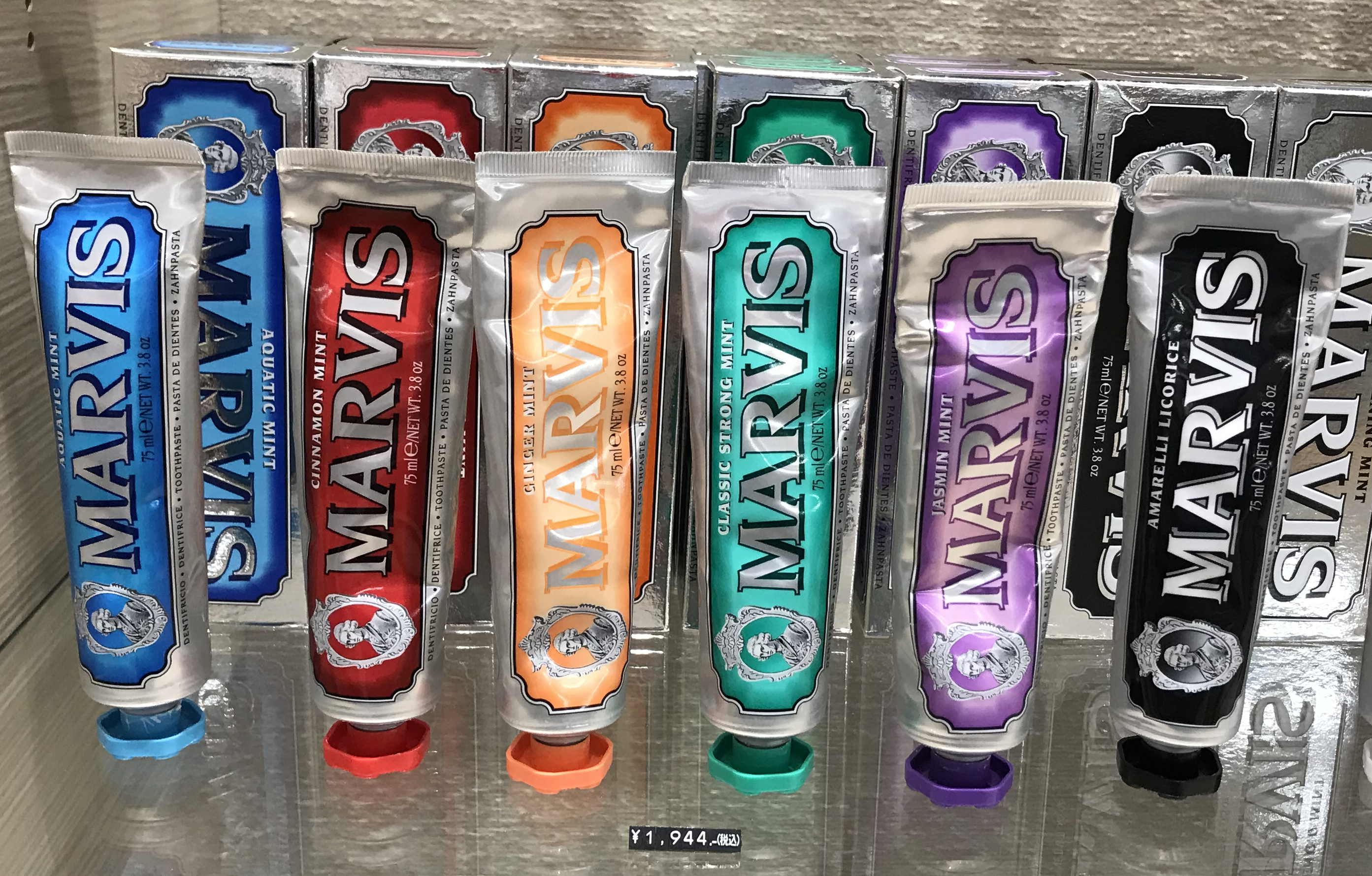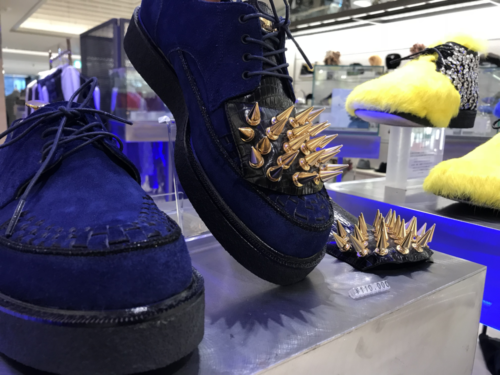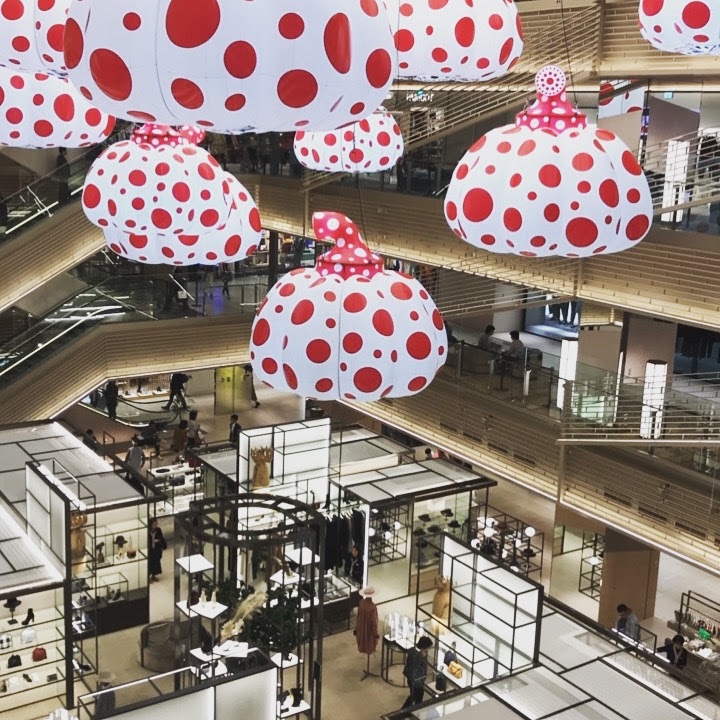When asked what we’re trying to build at SmartNews, I sometimes explain it with a department store metaphor. When algorithms are applied to online shopping, they are optimized to show you exactly what you are looking for. Amazon and Netflix are famous for perfecting the “others-that-bought-what-you-bought-also-bought-this” algorithm to great effect.
If you’re looking for a red sweater, they will show you the best red sweater. But that only works if you’re looking for a red sweater.
What if you are just browsing around? What if you are wandering around, looking for inspiration, not sure what exactly you want? Japan has a some of the world’s best department stores. They are wonderful at curating interesting things from around the world and introducing them to the sophisticated urban consumer. They have a long tradition of doing this.

Ginza has a new department store called Ginza Six that opened a couple years ago. Besides these wonderfully packaged $20 tubes of toothpaste from Italy (above) you can also check out the completely impractical spiked boots (below). It’s a curious browser’s delight.

What I’m getting at is that SmartNews is trying to re-create the Japanese Department Store experience online with news. I keep talking about “hidden gems” and this is what I mean. You never know what you’re going to find but we’ll do our best to make an algorithm which is optimized for finding something serendipitously, interesting.
Anyway, more on this in this interview with my boss, Rich Jaroslovsky, below as he describes the concept of “personalized discovery.”
The key is personalized discovery. Of course that also means sometimes users will see stories they don’t like. I’m generalizing, but a conservative might see a Mother Jones story, or a liberal might see something from Fox News.
That’s probably the biggest complaint we get: That the stories are all “left wing,” or “right wing.” But when we look at studies about user engagement in news apps, our audience is far more engaged than that of any other news app.
My argument is that those are two sides of the same coin. As a 40-year journalist, when all you see is stuff you already know or already think you’re interested in… news gets boring. There’s no serendipity. You don’t get to learn anything new. You don’t get to discover.
That’s the textbook definition of a filter bubble.
Our goal is to puncture filter bubbles.
Tired of Filter Bubbles? This Free News App Can Help You Find Stories You Just Might Love

Leave a comment